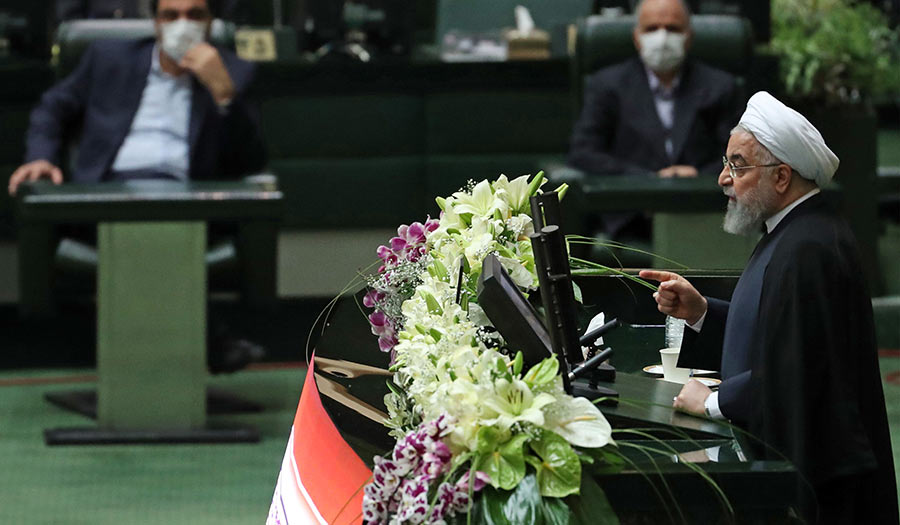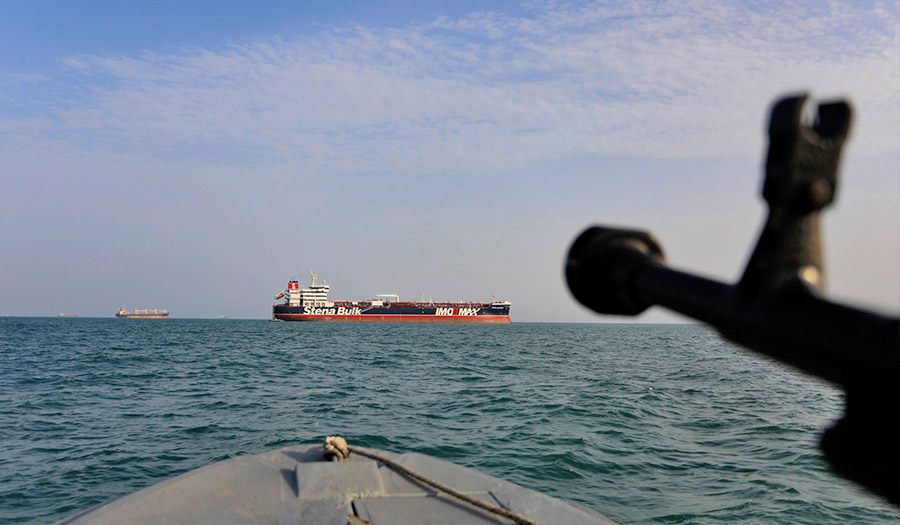 AFP via Getty Images
AFP via Getty Images
World News Desk
Learn the why behind the headlines.
Subscribe to the Real Truth for FREE news and analysis.
Subscribe NowVIENNA (Reuters) – Iran has deepened a key breach of its 2015 nuclear deal, enriching uranium with a larger number of advanced centrifuge machines in an underground plant as it faces off with the new U.S. administration on salvaging the accord.
Tehran has recently accelerated its breaches of the deal, raising pressure on U.S. President Joe Biden as both sides say they are willing to come back into compliance with the badly eroded agreement if the other side moves first.
Iran began its breaches in 2019 in response to Washington’s withdrawal in 2018 under then-President Donald Trump and the reimposition of U.S. economic sanctions against Tehran that were lifted under the deal.
The accord says Iran can refine uranium only at its main enrichment site—an underground plant at Natanz—with first-generation IR-1 centrifuges. Last year Iran began enriching there with a cascade, or cluster, of much more efficient IR-2m machines and said in December it would install three more.
“Iran has completed the installation of one of these three cascades, containing 174 IR-2m centrifuges, and, on 30 January 2021, Iran began feeding the cascade with UF6,” the International Atomic Energy Agency said in a report obtained by Reuters on Tuesday, referring to uranium hexafluoride feedstock.
The IAEA later confirmed that the Islamic Republic had started enriching with the second cascade.
Tehran is also pressing ahead with the installation of more advanced centrifuges, the report indicated. Of the remaining two cascades of IR-2m machines, installation of one had begun while the other’s installation was “nearing completion,” it said.
Iran’s ambassador to the IAEA, Kazem Gharibabadi, said on Twitter Tehran had also started installing IR-6 centrifuges at Fordow, a site dug into a mountain where Iran has begun enriching uranium to the 20 percent purity it last achieved before the 2015 deal.
In a second report on Tuesday evening also reviewed by Reuters, the IAEA said only that Iran had informed it in a letter dated February 1 that two cascades of IR-6 centrifuges would be installed at Fordow to be used with the 1,044 IR-1 machines already enriching in six cascades there.
The report did not say installation had begun.
The IAEA confirmed in a statement that Iran had informed it that the two cascades would be installed at Fordow.
In Washington, U.S. State Department spokesman Ned Price told reporters Iran’s latest actions increased U.S. “urgency” to address Iran’s atomic program.
“It has undergirded our belief that this is a challenge we have to tackle immediately,” he said. He said he was referring to the broad issue of ensuring Iran cannot develop nuclear weapons.
Earlier on Tuesday Israel’s energy minister said it would now take Iran about six months to produce enough fissile material for one nuclear weapon.
Iran denies any intent to produce nuclear weapons. The nuclear deal sets a limit of 3.67 percent enrichment purity, suitable for producing civilian nuclear energy and far below the 90 percent that is weapons-grade.
- Real Truth Magazine Articles
- MIDDLE EAST
 Iran’s War with the West Has Already Begun
Iran’s War with the West Has Already Begun
More on Related Topics:
- Huge Health Challenges Face Gaza Residents Returning to Their Homes
- Gaza Is in Ruins, and It Is Unclear How It Will Be Rebuilt
- After Economic Meltdown and War with Israel, Lebanon’s New Prime Minister Vows to Rebuild
- IAEA Chief: Iran Is Poised to ‘Quite Dramatically’ Increase Stockpile of Near Weapons-grade Uranium
- What Is Blocking a Ceasefire Between Israel and Hezbollah?


